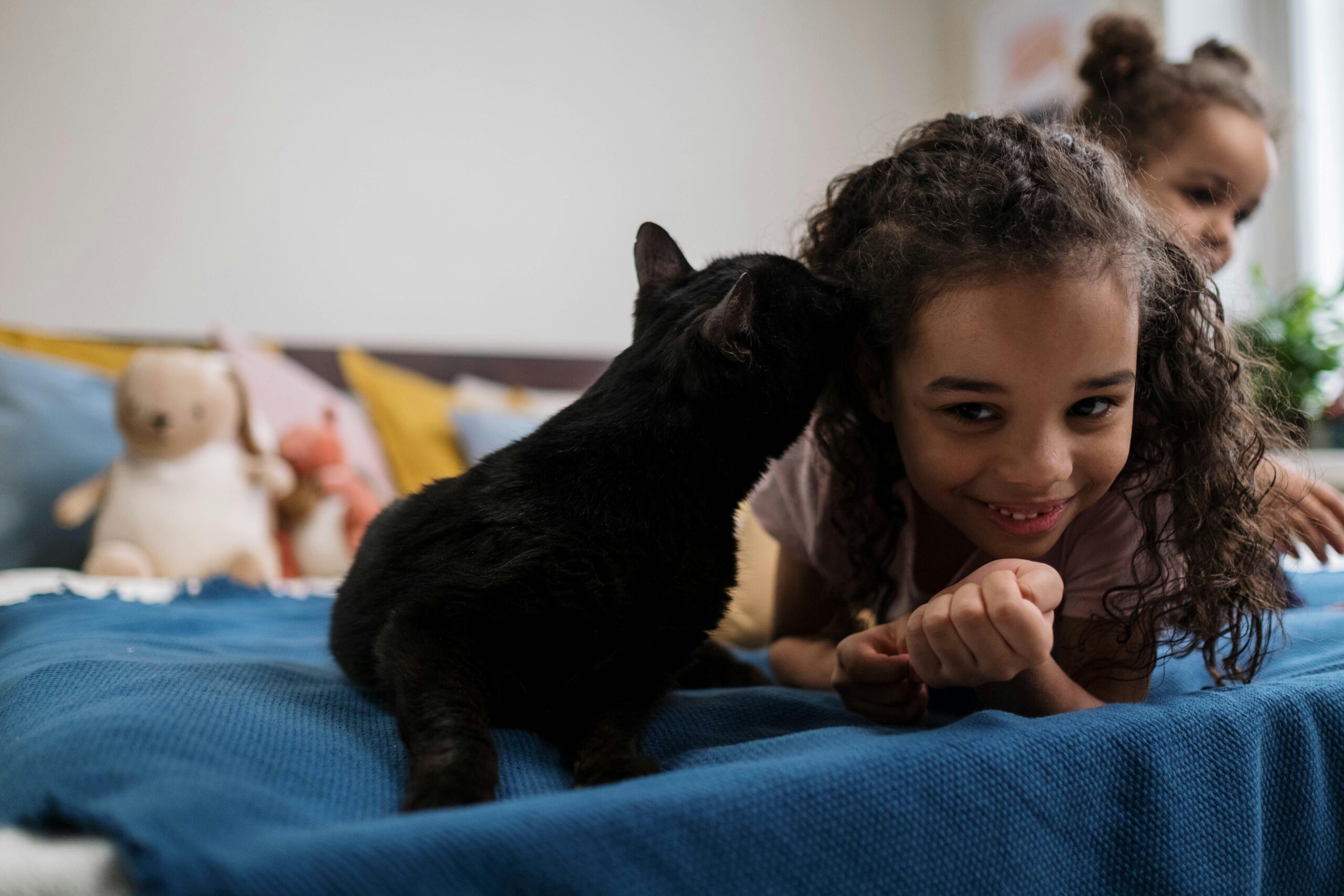Research Shows Cats Learn to Associate Words With Objects Faster Than Human Babies

Cats have long been seen as independent and indifferent to human speech. Unlike dogs, they don’t follow commands or show obvious excitement when spoken to. But a new study from Japan suggests otherwise.
Researchers found that cats can associate words with objects—and they do it faster than human babies. This discovery challenges long-held beliefs about feline intelligence and suggests that their understanding of human language may be more advanced than previously thought.
Scientific assumptions about animal cognition are shifting, and this research pushes the boundaries of what is known about how cats perceive the world around them.
Your Cat Might Be Smarter Than You Think
A team led by cognitive scientist Saho Takagi at Azabu University in Japan set out to explore how much cats understand human language. Their experiment borrowed techniques from developmental psychology, typically used to study how human infants learn words.
The study involved 31 adult cats, including some from local cat cafés. Each cat was shown two animated images on a laptop screen—a blue-and-white unicorn and a red-faced sun—while hearing nonsense words like “keraru” and “parumo.” These words had no prior meaning to the cats, ensuring that any associations formed were entirely new.
Researchers observed the cats’ reactions, tracking how long they looked at the screen and whether they showed signs of recognition or confusion. The goal was to determine if cats could connect specific words to specific images—and how quickly they could do it.
What they found was unexpected.
The Surprising Ways Cats Process Human Language
 Image Source: Shutterstock
Image Source: Shutterstock
The results challenged everything researchers thought they knew about feline cognition.
-
Fast Learners
Cats linked words to specific images in just two nine-second sessions. In contrast, human babies typically need multiple exposures before forming similar associations. This suggests that cats process auditory and visual information more efficiently than previously believed. -
Recognizing Patterns
To test memory retention, researchers swapped the word-image pairings. The cats noticed immediately. They spent 33% more time staring at the screen, a clear sign of confusion. This reaction suggests they weren’t just passively hearing sounds—they were actively expecting consistency, a cognitive skill linked to learning and memory. -
Beyond Basic Recognition
Most training studies rely on food rewards to measure animal learning, but these cats showed understanding without any treats involved. Their ability to associate words with objects hints at a natural capacity for language processing that doesn’t require reinforcement.
These findings suggest that cats don’t just hear human speech—they interpret it in ways that go beyond instinct.
Rethinking How Our Pets Understand Us
 Image Source: Shutterstock
Image Source: Shutterstock
For years, research on pet communication has focused primarily on dogs. They’re easy to study—they follow commands, respond to their names, and even recognize human emotions. But this study on cats forces a shift in perspective.
Dogs have been bred for thousands of years to work alongside humans, learning to obey verbal cues and gestures. Cats, on the other hand, evolved with humans on their own terms. They weren’t trained to follow orders, yet they still formed deep bonds with people. This study suggests that their understanding of language might be more advanced than previously assumed—just expressed in a different way.
Instead of responding like dogs, cats seem to process words through recognition and expectation. They don’t perform on command, but they are listening. They are learning. And they might understand more than they let on.
How These Findings Can Change the Way We Interact with Cats
 Image Source: Pexels
Image Source: Pexels
Understanding that cats associate words with objects opens up new possibilities for how we communicate with them. This isn’t just a scientific discovery—it’s a game-changer for cat owners, veterinarians, and animal behaviorists.
-
Better Communication with Your Cat
If cats can recognize words, they may respond better to consistent verbal cues. Instead of relying solely on body language, cat owners can use specific words for food, playtime, or routines, creating a clearer form of communication. -
Smarter Training Techniques
Traditional training methods focus on treats and repetition, but this research suggests cats don’t always need rewards to learn. Using words consistently might be just as effective as food-based reinforcement, allowing for deeper engagement with your pet. -
Lower Stress in Shelters and Clinics
Veterinarians and shelter staff can use verbal cues to help calm and guide cats in stressful environments. Knowing that cats process words could lead to better handling techniques and less anxiety for both the animals and their caregivers. -
More Thoughtful Pet Products
If cats can link words with objects, interactive toys and feeding systems could be designed to reinforce learning. This could lead to mentally stimulating products that improve a cat’s overall well-being. -
A New Perspective on the Human-Cat Bond
This study challenges the stereotype that cats are indifferent to human speech. They may not always show it, but they are listening. Recognizing this could strengthen the bond between cats and their owners, fostering more meaningful interactions.
These insights remind us that communication with animals isn’t just about commands—it’s about understanding. And maybe, just maybe, our cats have been understanding us all along.
Cats Understand Us in Their Own Way
For centuries, cats have been labeled as distant, indifferent, and uninterested in human speech. But this study proves otherwise. Cats aren’t just hearing us—they’re understanding us. They recognize words, form associations, and anticipate patterns, all without us even realizing it.
This isn’t just about science; it’s about connection.
How many times have we talked to our cats, assuming they don’t care? Called their names, told them about our day, whispered to them in quiet moments, only to be met with a slow blink or a flick of the tail? What if those little gestures weren’t signs of indifference, but quiet acknowledgment?
Just because cats don’t respond like dogs doesn’t mean they aren’t listening. Their understanding is subtle, woven into the way they move through our lives—curling up beside us when we’re sad, appearing when we least expect but most need them.
So the next time you speak to your cat, know this: they may not answer, but they hear you. They always have.
And maybe, just maybe, they’ve been waiting for us to finally listen to them too.
Featured Image Source: Pexels
Loading...






